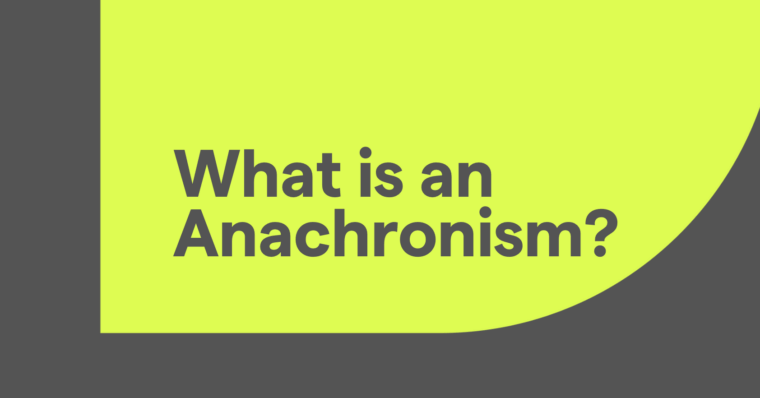
So you’ve been assigned an essay. Or, probably more realistically, two, three, or four essays . . . and they’re all due the same week.
We’ve all been there: overwhelmed, staring down that blank screen, and not sure which essay to start with or how to get it started.
In high school and college, it’s not enough to just write strong essays. One of the most important skills to develop is writing strong essays efficiently. And the foundation of that skill is knowing how to structure an essay. With a template for the basic essay structure in hand, you can focus on what really matters when you’re writing essays: your arguments and the evidence you’re using to support them. Take a look at the basic essay structure below and see how the parts of an essay work together to present a coherent, well-reasoned position, no matter what topic you’re writing about.
Basic essay structure: the 3 main parts of an essay
Almost every single essay that’s ever been written follows the same basic structure:
- Introduction
- Body paragraphs
- Conclusion
This structure has stood the test of time for one simple reason: It works. It clearly presents the writer’s position, supports that position with relevant examples, and neatly ties their supporting arguments together in a way that makes their position evident.
Introduction
It all starts here. This is where you introduce the topic you’re discussing in your essay and briefly summarize the points you’ll make in the paragraphs that follow.
This is also where you state your thesis. Your thesis is the most important part of your essay because it’s the point you’re making. It needs to take a clear stance and shouldn’t include hedging language that undermines that stance like “seems to” or “possibly could.”
Here are a few examples of thesis statements:
- In the final scene of The Awakening, Edna Pontellier’s decision demonstrates that it was impossible for her to have the lifestyle she truly wanted in the society in which she lived.
- Due to its volatility and lack of government regulation, Bitcoin cannot become a viable currency for everyday purchases.
- While the habitability of Mars has not yet been proven, evidence suggests that it was once possible due to bacteria samples found on the Red Planet.
An easy way to write your thesis statement is to think of it as a summary of your essay. Your thesis makes and supports your essay’s point in one concise sentence.
When you proofread your finished essay, make sure your thesis is clearly stated in your introduction paragraph. If it’s not clear, go back and write a definitive thesis statement.
>>Read More: How to Write a Persuasive Essay
Body paragraphs
Your essay’s body paragraphs are where you support your thesis statement with facts and evidence. Each body paragraph should focus on one supporting argument for your thesis by discussing related data, content, or events.
If you’re not sure whether you should include a specific point or detail in your body paragraphs, refer back to your thesis statement. If the detail supports your thesis, it should be in your essay. If it doesn’t, leave it out. Your thesis statement is the core of your basic essay structure, so everything else in the essay needs to relate to it in some way.
Conclusion
In your essay’s conclusion paragraph, you summarize the points you made and bring your argument to its logical conclusion. Because your reader is now familiar with your thesis, the summary in your conclusion paragraph can be more direct and conclusive than the one in your intro paragraph.
>>Read More: 7 Writing Tips from Professors to Help you Crush your First Essays
How many paragraphs are in an essay?
There’s no hard-and-fast requirement for college essays. In high school, you were probably taught to write five-paragraph essays. This is a solid essay structure to work with, but in college, you generally have more flexibility with assignment lengths and formats.
Now, consider five the minimum—not the standard—number of paragraphs you should include in your essays.
Essay structure examples
There are a few different ways to present information in an essay. Often, your assignment will tell you what kind of essay to write, such as a chronological, compare and contrast, or problems-methods-solution essay. If you’re not sure which is best for your assignment, ask your instructor.
Chronological
A chronological essay guides the reader through a series of events. This essay structure is ideal if you’re writing about:
- A current or historical event
- A book or article you read for class
- A process or procedure
With this kind of essay, you first introduce your topic and summarize the series of events in your introduction paragraph. Then, each body paragraph takes the reader through a key stage in that series, which might be a decisive battle in history, a pivotal scene in a novel, or a critical stage in a judicial process. In your conclusion, you present the end result of the series you discussed, underscoring your thesis with this result.
Compare and contrast
A compare-and-contrast essay has a structure that discusses multiple subjects, like several novels, concepts, or essays you’ve been assigned to read.
There are a few different ways to structure a compare-and-contrast essay. The most obvious is to spend one paragraph discussing the similarities between the topics you’re covering (comparing), then one paragraph detailing their differences (contrasting), followed by a paragraph that explores whether they’re more alike or more different from each other.
Another method is to only compare, where each of your body paragraphs discusses a similarity between the topics at hand. Or you can go the only-contrast route, where your body paragraphs explore the differences. Whichever you decide on, make sure each paragraph is focused on one topic sentence. Every new comparison or contrast should occupy its own paragraph.
Problems-methods-solution
As its name implies, this kind of essay structure presents the writer’s position in three segments:
- A problem
- Ways to resolve the problem
- The solution achieved by using these strategies to resolve the problem
This kind of essay works great if you’re discussing methods for resolving a problem, like knowing how to distinguish between credible and non-credible sources when you’re doing research for assignments. It can also work when you’re tasked with explaining why certain solutions haven’t worked to fix the problems they were created for.
With this kind of essay, begin by introducing the problem at hand. In the subsequent body paragraphs, cover possible methods for resolving the problem, discussing how each is suited to fixing the problem, and potential challenges that can arise with each. You can certainly state which you think is the best choice—that could even be your thesis statement. In your conclusion paragraph, summarize the problem again and the desired resolution, endorsing your method of choice (if you have one).
In this kind of essay, you can also include a call to action in your final paragraph. A call to action is a direct order for the reader to take a specific action, like “call your congressperson today and tell them to vote no” or “visit grammarly.com today to add Grammarly browser extension for free.”
>>Read More: How to Write Better Essays: 5 Concepts you Must Master
With the basic essay structure down, you can get to writing
For a lot of students, getting started is the hardest part of writing an essay. Knowing how to structure an essay can get you past this seemingly insurmountable first step because it gives you a clear skeleton upon which to flesh out your thoughts. With that step conquered, you’re on your way to crushing your assignment.






